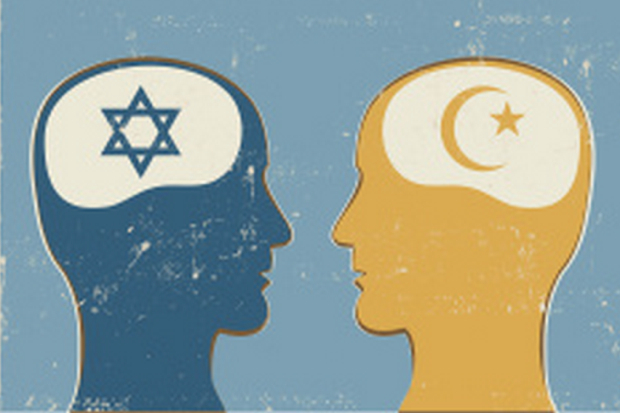In 2015, a Reclaim Australia supporter at a rally in Melbourne told me that the reclaimers and “the students” (as he referred to the anti-racism protesters) had “just been set up to fight each other by the banks and the Rothschilds”. The reference to a notorious anti-Semitic conspiracy theory was unusual enough to make me do a double-take.
By contrast, the equally elaborate anti-Muslim conspiracies that were being shouted from the podium sounded as routine as a News Corp column or a day in national parliament.
Anti-Muslim racism has long since passed the dinner-party test (to use the 2011 description of Britain’s first Muslim cabinet minister, Baroness Warsi). Anti-Semitism does not enjoy the same level of social acceptability — not quite, not yet.
There is a genteel form of anti-Semitism that has never entirely disappeared from middle-class dinner parties, the type that mutters about favouritism in literary awards and the entertainment industry but refrains from mentioning the Protocols of the Elders of Zion, let alone shape-shifting lizard people. However, the past few years have seen anti-Semitism increase in both visibility and violence.
In Australia, we’ve seen an SS helmet brandished at a public rally in St Kilda, we’ve had then-member of parliament Fraser Anning call for a “final solution” to the immigration problem (albeit in a speech targeting Muslims rather than Jews), and we’ve had a proliferation of swastika graffiti. Internationally, we’ve seen the 2018 massacre at the Tree of Life synagogue in Pittsburg in which 11 worshippers were killed, and the attack on the Chabad of Poway synagogue in California, in which one woman was killed and three others wounded.
Read the article by Shakira Hussein in Crikey magazine.

